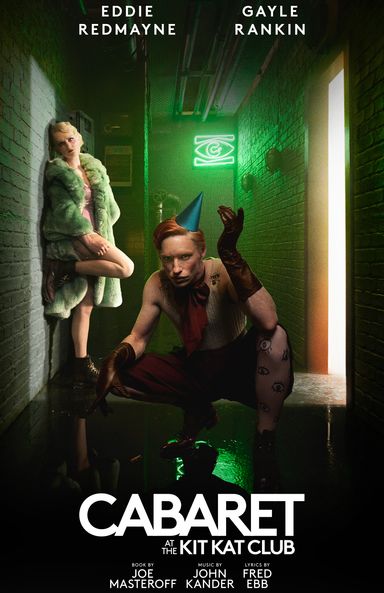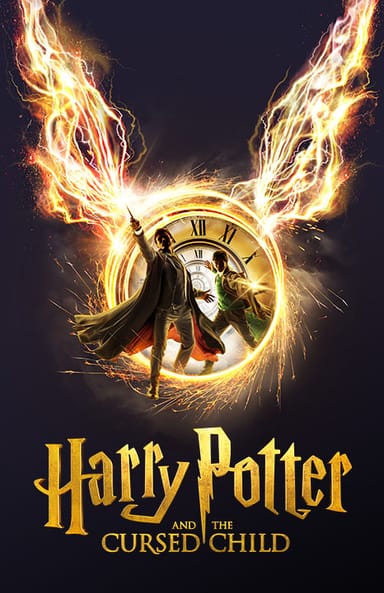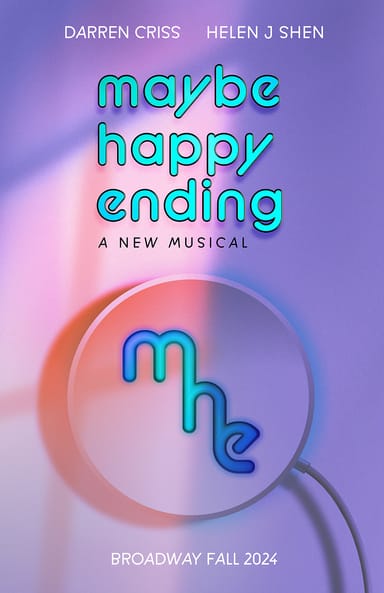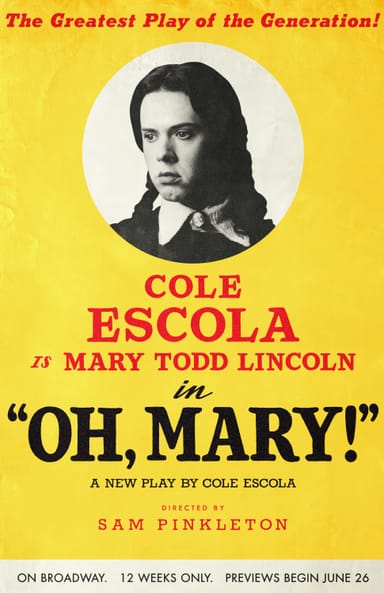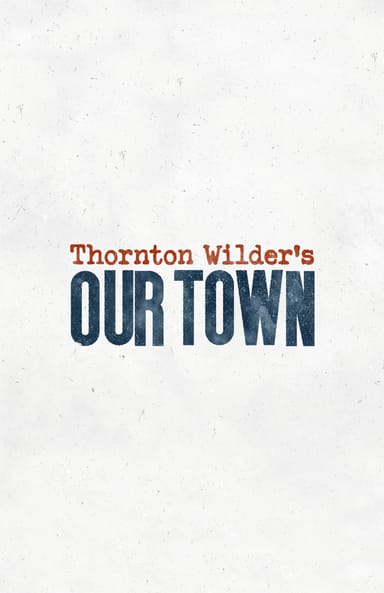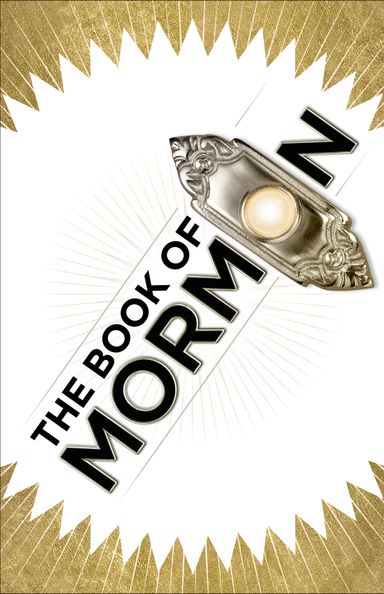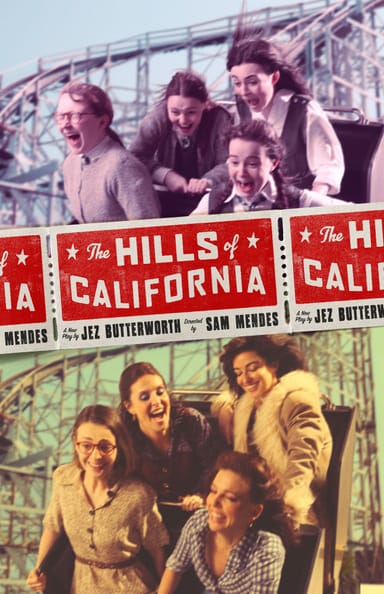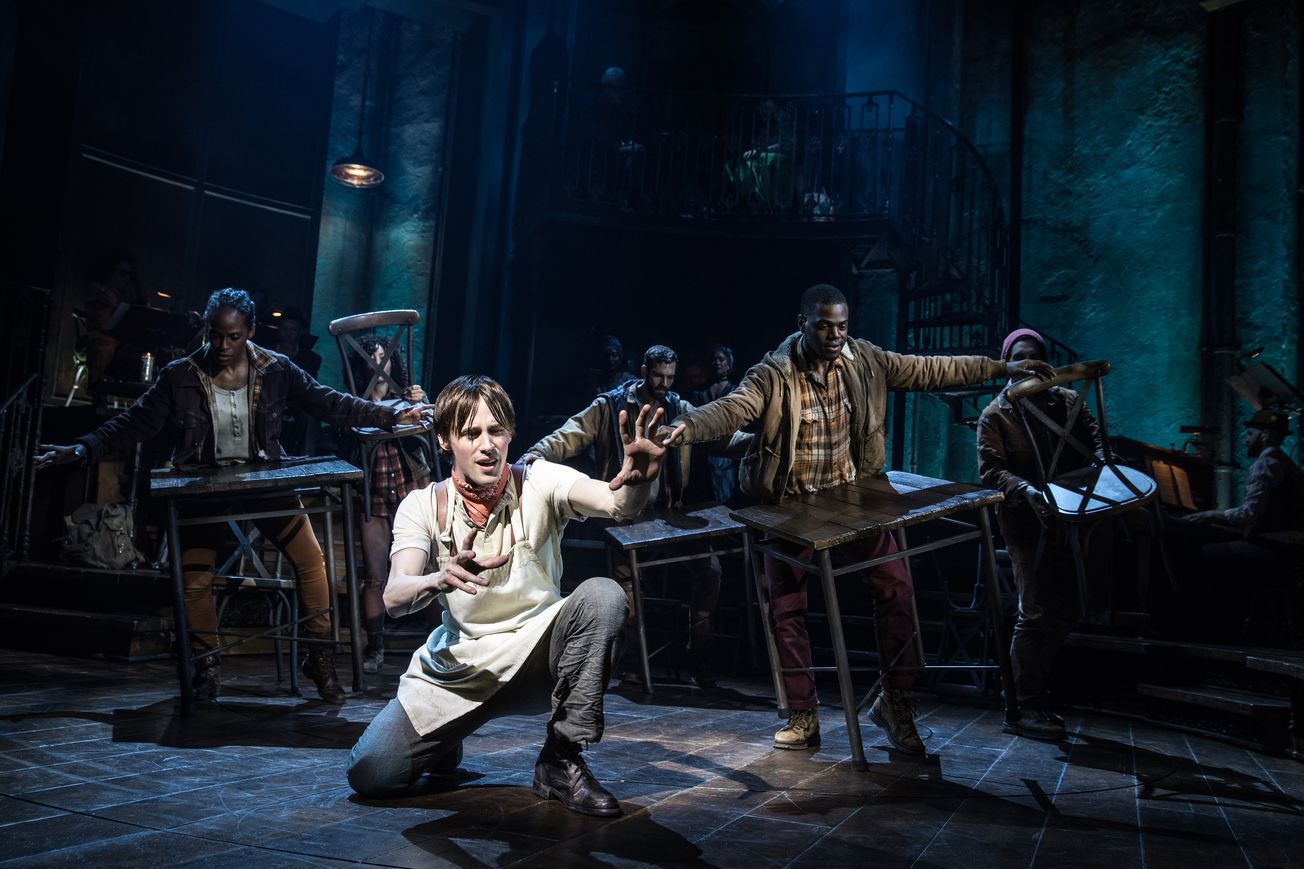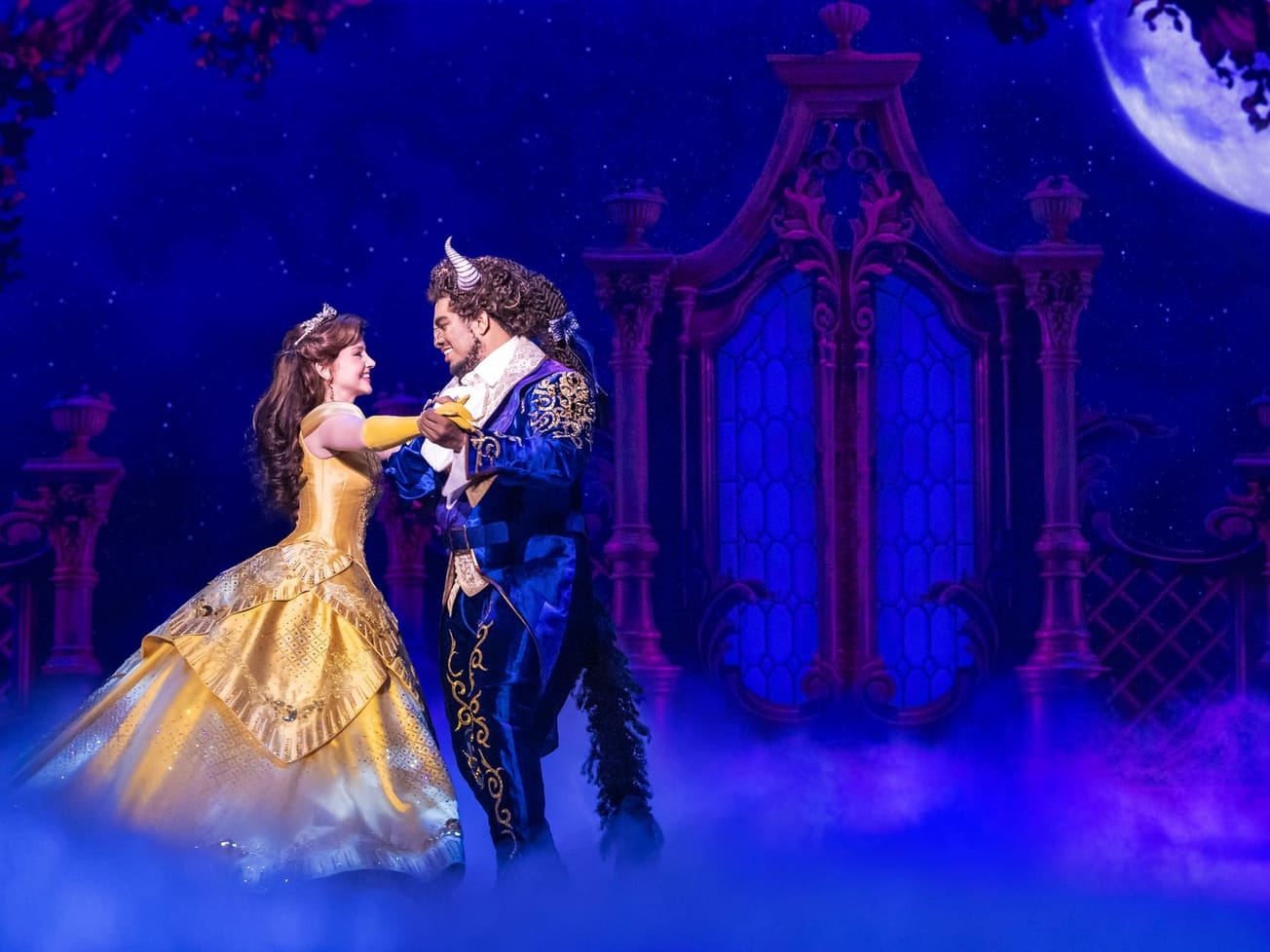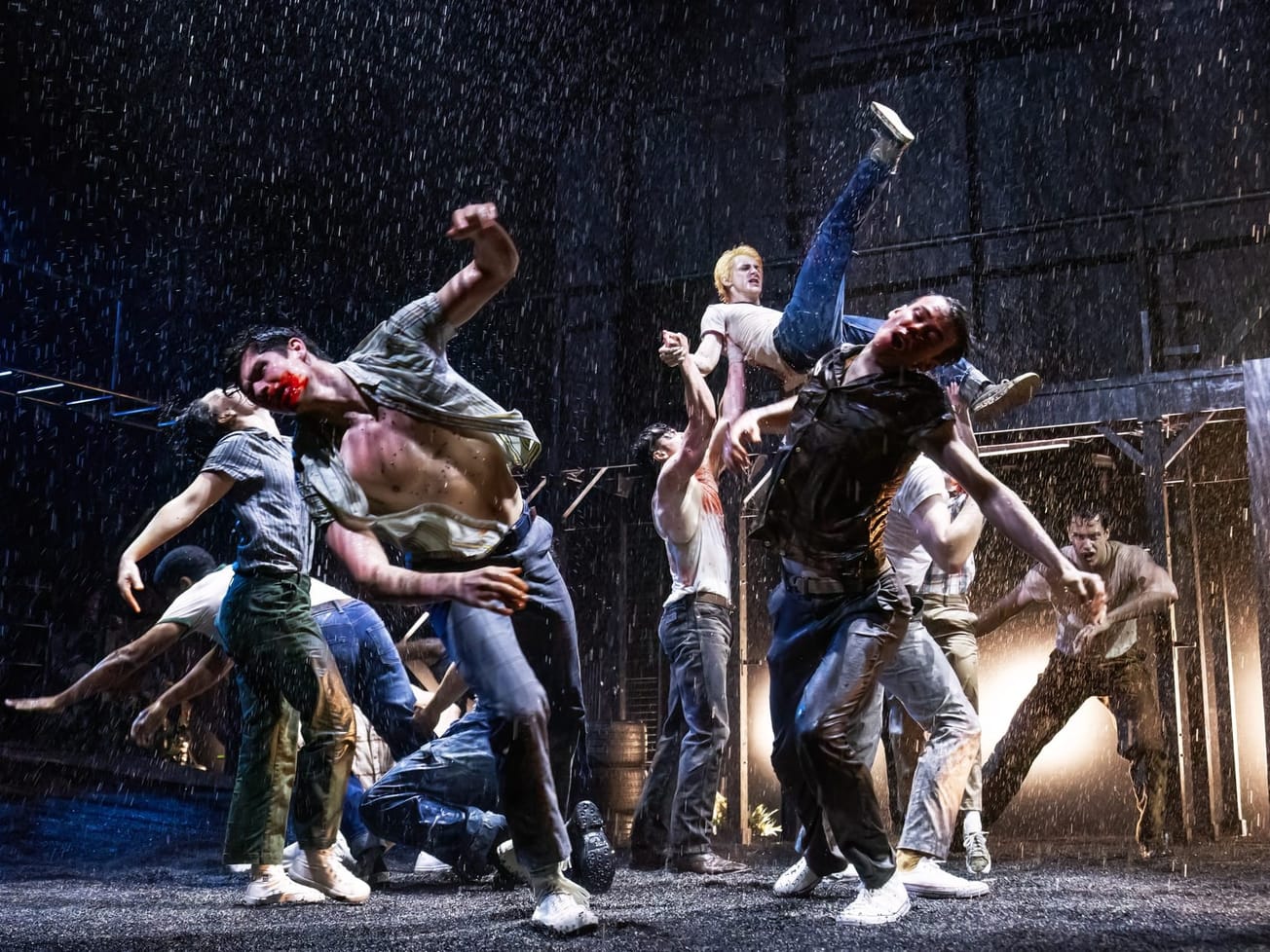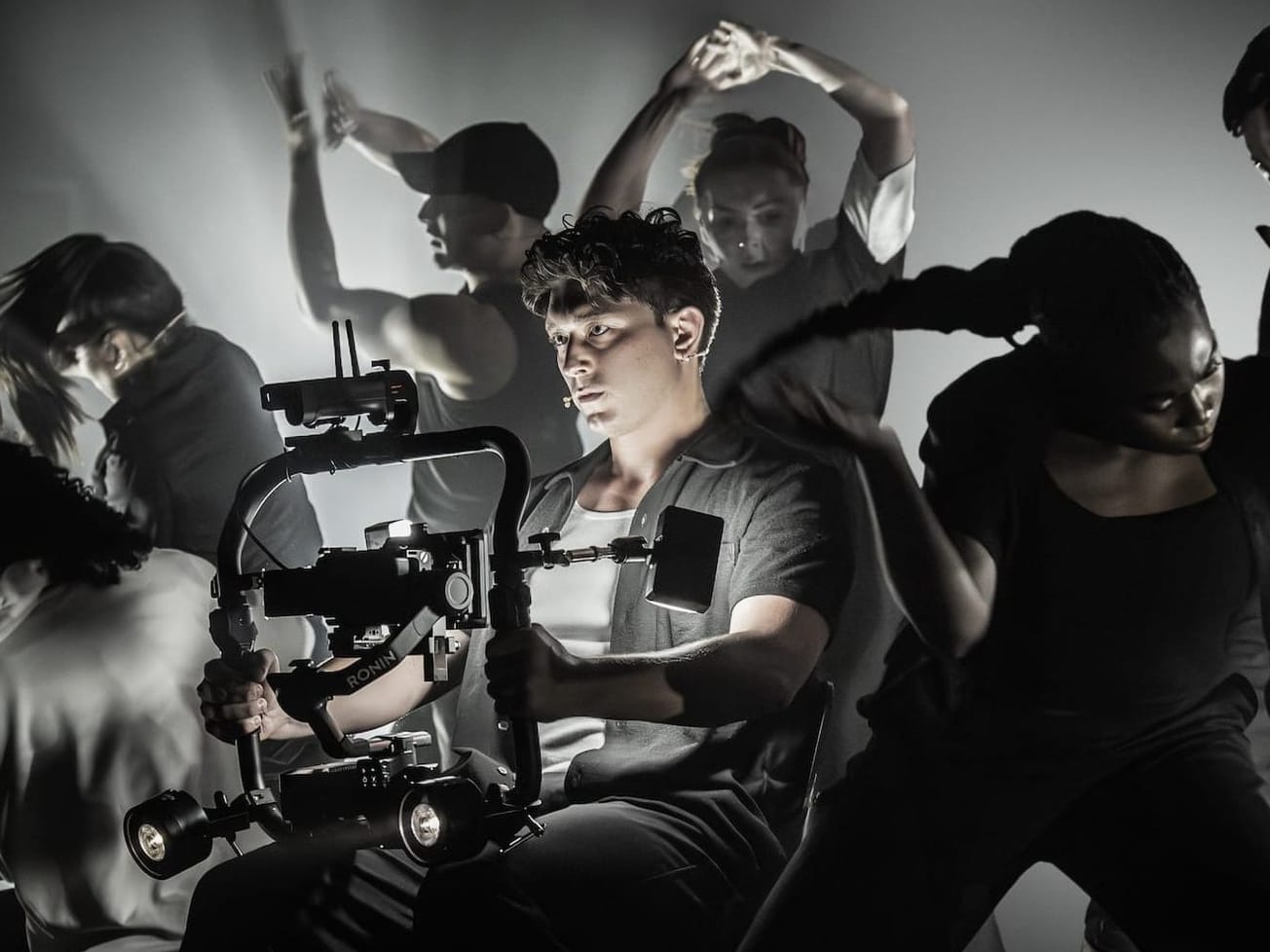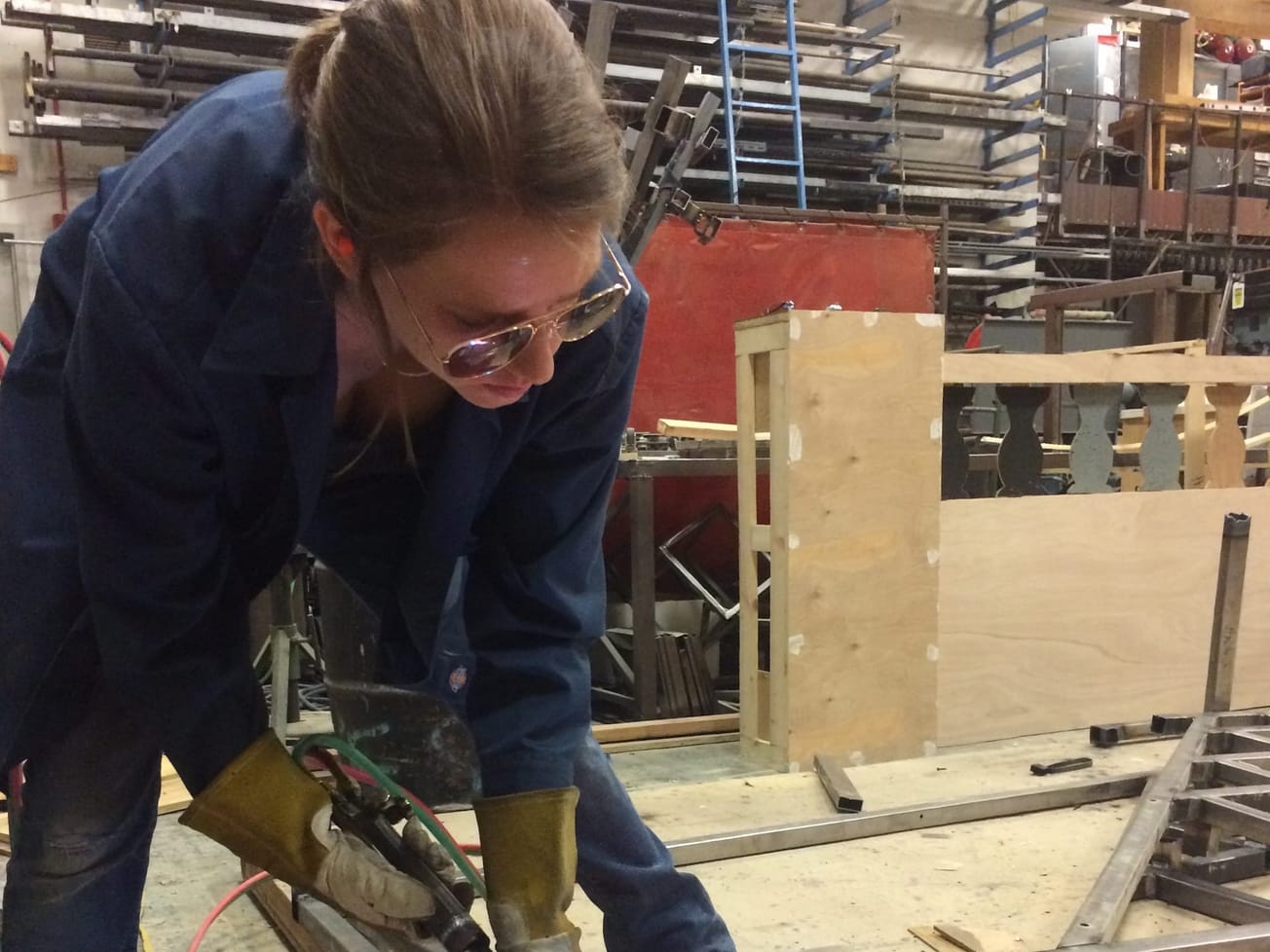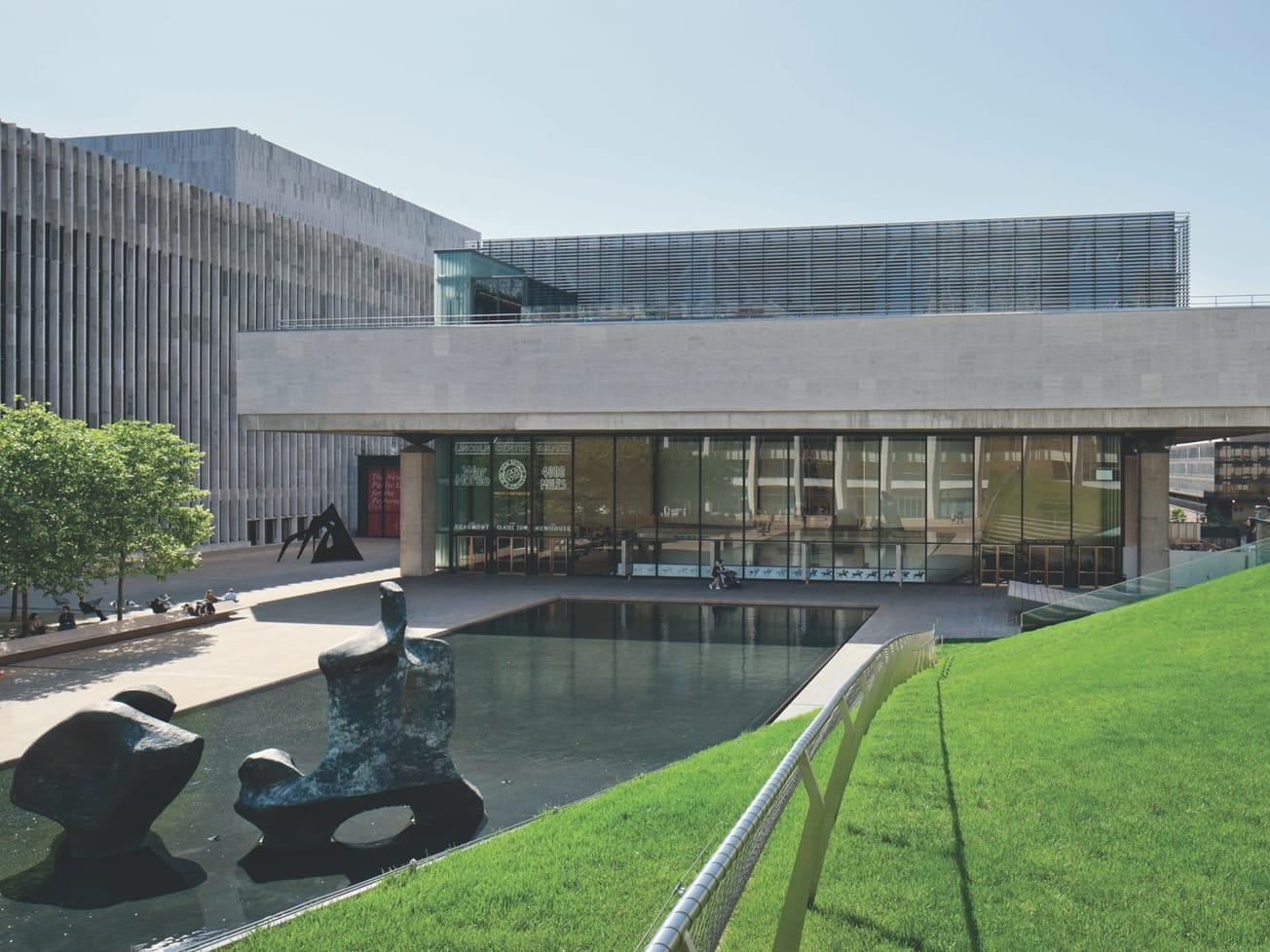In the back of a London taxicab in the fall of 2018, composer Anaïs Mitchell pulled out her cellphone to show director Rachel Chavkin a picture. On the tiny, illuminated screen, Chavkin saw a roughly Photoshopped image of the Walter Kerr Broadway marquee with a red flower in the center.
The graphic, featuring the floral logo of “Hadestown,” was a way for Mitchell to will the show to the theater of her dreams, marking the final step in the piece’s 13-year journey to Broadway. To get there, Mitchell, Chavkin and their team had to reshape the musical from a theatrical folk concert to a Broadway showstopper, with new principal cast members, the addition of a chorus and major character and choreography changes along the way.
“Hadestown” is a musical adaptation combining the Orpheus and Eurydice myth and that of the Persephone and Hades myth, in which two young lovers are tested by the temptation of the underworld. After starting as a community theater project in 2006, and later being turned into a concept album, the first professional mounting of the musical was at New York Theatre Workshop in 2016.
With a set that was a mix between a barn and a Greek amphitheater, musical numbers almost entirely staged around microphone stands and audience members surrounding the stage, that “Hadestown” invoked the feel of an intimate folk concert more than that of a staged musical theater piece.
“The libretto was still in development and so it didn’t feel like it was quite ready for the level of representation that a full theater show has,” Chavkin said.
With that in mind, the show headed to the Citadel Theatre in Edmonton, Canada. While Canada is an unusual stop for most Broadway-bound shows, lead producer Mara Isaacs said the strategy was to go to a city “where no one was going to pay attention to what we were doing.” There, the creative team could test out new ideas before bringing the show back in front of a larger audience.
The proscenium stage at the Citadel Theatre and an influx of cash allowed the show to expand, including adding several cast members to make up the newly implemented ensemble, which doubles as the workers chorus, a group that resides underground and serves Hades, king of the underworld.
Once the ensemble joined the fold, choreographer David Neuman, who had been with the show since 2012, could create more expansive and detailed movement for the larger cast. Still, he had to fit the choreography within the poetic styling of the book, also by Mitchell, which is written in rhyming verse, rather than a traditional narrative.
“The main question [for me] is, how do we represent the work without being literal? How do we find a dance equivalent that doesn’t seem silly? Finding the vocabulary that was very, very physical, yet could fit within the constraints of the space,” Neuman said.
Neuman found a balance by creating two distinct styles of movement for the mortal world and the realm of Hades. In the underworld, members of the workers chorus mime actions that directly represent their tasks, such as swinging hammers and shoveling steel; the characters on earth embody more lyrical and metaphorical movements, using tables, for example, to mimic the flowing water of a river. The workers chorus has remained a permanent addition to the show, staying with the production as it transferred from Canada to London’s National Theatre in 2018.
Amid the changes to the production, Patrick Page, who plays Hades, and Amber Gray, who plays his wife, Persephone, have remained constants, staying with their roles since the show’s early workshop days. Because of this, their characters, and the relationship between Hades and Persephone, have changed the least in the show’s journey, according to Page. His costume, however, has undergone a large transformation, shifting from cowboy boots and open-neck shirt at New York Theatre Workshop to his current attire of a silver-striped power suit with sunglasses.
“The design of [Hades] has slowly evolved, telling the audience a slightly different story about the character, about how much power he has,” Page said.
The other pair of lovers in the story, Eurydice and Orpheus, encountered a bigger change, particularly after the London production, which was the first time that both Eva Noblezada and Reeve Carney played opposite each other in the roles. (Carney joined the cast of “Hadestown” during its Canadian run, with Noblezada joining a year later for the London production.)
“The two of them were capable of such a level of nuance and depth that just didn’t feel like, at a certain point, was quite present in the way the writing was serving up those two characters,” Chavkin said.
In the eight weeks leading to the show’s Broadway opening, Mitchell expanded the storyline between the two characters, adding more nuance to their interactions and additional lyrics to their duets (a belabored process, as Mitchell writes in rhyming couplets).
“There have been so many changes to the relationship between Orpheus and Eurydice because Orpheus’ character is so different. Eurydice’s character has to shift,” Noblezada said of her role. “I am just trying to add layers and layers and layers to make mine seem so thick with humanity, but also add personality too.”
Despite the changes that have been made, both Mitchell and Chavkin maintain that the heart of the show is still recognizable from its days at New York Theatre Workshop, with Chavkin comparing that version to “a zygote of the grown-up show that is here on Broadway in the Kerr.”
“There are a lot of things that we’ve been chipping away at in these different productions we’ve done that feel like they just came into focus for Broadway,” Mitchell said. “I never expected us to land here, and I am so grateful that we have.”






